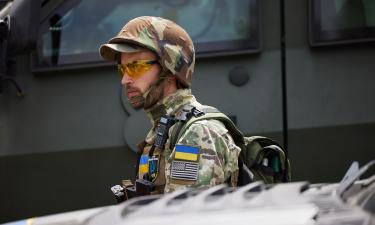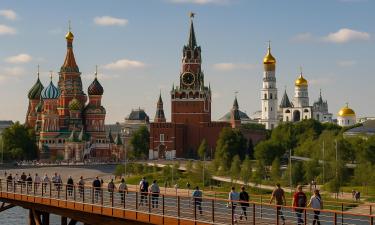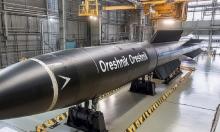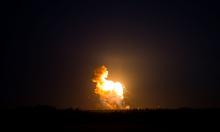"Operation Siberia" links the CIA to Colombian narcos
 Peru's former powerfull spy, Vladimiro Lenin Montesinos, is accussed of planning a gunrunning operation to Colombian rebels.
Peru's former powerfull spy, Vladimiro Lenin Montesinos, is accussed of planning a gunrunning operation to Colombian rebels.
The Peruvian former prominent official in the nineties was a close collaborator of the CIA to fight drug trafficking in South America.
Vladimiro Lenin Montesinos, the man who ran Peru from the shadows all along the nineties, as former President Alberto Fujimori right-hand man, appears in courts on Tuesday accused of planning a huge gunrunning operation to the most powerful Colombian rebel group, the Revolutionary Armed Forces of Colombia, or FARC, late in the 1990s. At that time, spymaster Vladimiro Montesinos was Fujimori close advisor and an ally of the CIA in the fight against drugs in South America.
Now, Montesinos in prison since June 2001, is accused of being behind “Operation Siberia”, an undercovered deal to smuggle 10.000 AK-47 rifles to the FARC with support from the CIA. After allegations became known CIA agents in Washington refused to answer questions to news agencies saying the issue was under due legal process. Montesinos has also denied any participation in “Operation Siberia”.
However, his repeated attempts to get the case delayed show "he fears he'll be convicted," said Ronald Gamarra, a state attorney investigating Montesinos on a host of charges. Prosecutors are seeking the maximum 20-year sentence. Fujimori himself is in self-imposed exile in Japan, and Peru is seeking his extradition to face corruption and murder charges. The former president denies the charges.
Interior Minister Fernando Rospigliosi told Reuters: "This is a very, very important case because it shows how both Montesinos and Fujimori were involved in dealings with a terrorist and drug-trafficking group like the FARC. There is abundant evidence of the participation of Montesinos, which could bring a very heavy sentence." According to the prosecutors FARC rebels paid the “cargo” –parachuted into Colombia's rainforests- with drugs.
“Operation Siberia” became known in August 2000, when Fujimori announced that Peru's intelligence services had smashed a major arms smuggling ring, code-named that way. However, prosecutors believe Montesinos and the CIA were behind the operation, despite Washington spent $2 billion in fighting Colombian guerrillas. In an interview with El Comercio newspaper on Sunday, Gamarra said: "In the case of arms trafficking to FARC guerrillas, Montesinos appears to have counted on the support of the CIA. We do not have any hard proof of that, but we do have various indications that would prove this relationship." In fact, Montesinos, has been linked to the CIA since he was in the military in the 1970s.
Fujimori's August 2000 news confernce unveiled the case only one month before a video showing Montesinos bribing a lawmaker was aired on television, ignited the scandal that toppled the government.
In 1990, as Fujimori rose to power, Montesinos became the president's advisor and mediator in his relations with the SIN and the army. Under the presidency of Fujimori, Montesinos continuously enlarged the SIN's importance and shifted people of confidence into key positions. Especially after Fujimori's "selfcoup" in 1992, allegedly inspired by Montesinos, the SIN became, like the military, a state within the state.
Montesinos is considered the architect of the successful war of the army against the Maoist movement of the Sendero Luminoso (Shining Path). But he also collected compromising material on parliament members, journalists and other members of the opposition (and also on Fujimori's followers). He manipulated people, elections and media and, for his fight against the drug lords, he was for years in close contact with the CIA. Montesinos faces Peru's maximum 30-year term on other charges, including responsibility for 25 death-squad killings.
Hernan Etchaleco,
Pravda.Ru
Subscribe to Pravda.Ru Telegram channel, Facebook, RSS!




